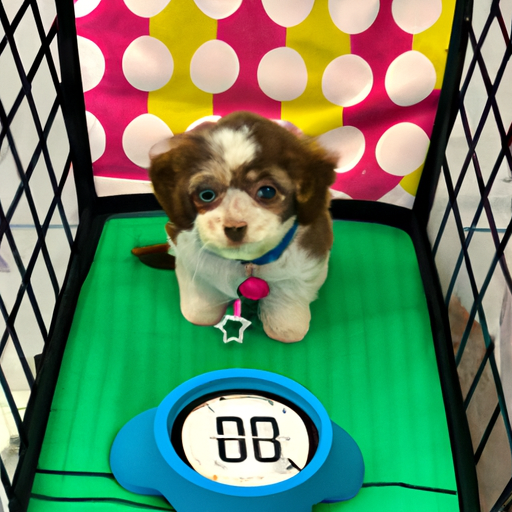Raising a puppy can be both a challenging and rewarding experience. Time outs are one of the methods that pet owners use to teach their puppies the appropriate behavior. But how long should a puppy time out be? Let’s dive into this topic and discover the best practices for puppy time outs.
Understanding the Purpose of a Time Out
A time out is a training technique used to discourage unwanted behaviors. It’s a form of “negative punishment,” which means you’re taking away something the puppy enjoys (like your attention) to reduce the likelihood of a behavior happening again.
Time outs are effective because dogs are social creatures and crave interaction. When you remove that interaction, it sends a clear message that the behavior they exhibited is unacceptable.
However, time outs should be used sparingly and as a last resort. It’s always better to reward good behavior and redirect bad behavior before it escalates.
Ideal Duration for a Puppy Time Out
Determining the ideal duration for a puppy time out can be tricky. Too short, and your puppy may not understand why they’re being punished. Too long, and they might forget why they’re in time out in the first place.
As a rule of thumb, a good starting point is to give your puppy a time out that lasts about one minute for each month of their age. So, if your puppy is three months old, a three-minute time out would be appropriate.
Here’s a simple table to guide you:
| Puppy’s Age (in months) | Time Out Duration (in minutes) |
|---|---|
| 1 | 1 |
| 2 | 2 |
| 3 | 3 |
| 4 | 4 |
| 5 | 5 |
| 6 | 6 |
Remember, all puppies are individuals, and what works for one puppy may not work for another.
Implementing a Puppy Time Out
To implement a time out effectively, follow these steps:
- Catch your puppy in the act: It’s important to only give a time out if you catch your puppy misbehaving. If you find evidence of mischief after the fact, it’s too late for a time out.
- Give a clear signal: Use a firm, neutral command like “time out” and immediately remove your puppy from the situation.
- Place your puppy in time out: This should be a safe, boring, puppy-proofed area where they can be alone. It should not be their crate, as you want the crate to be a positive space.
- End the time out: Once the time out is over, let your puppy out without any fanfare. It’s important to not reward them with too much attention immediately after a time out.
The Role of Consistency in Time Outs
Consistency is key when using time outs. Ensure everyone in the household understands the rules and follows them. This will help your puppy learn faster and prevent confusion.
Here are some tips to maintain consistency:
- Use the same command every time
- Always use the same location for time outs
- Make sure the whole family uses the same rules
Frequently Asked Questions
Q: What if my puppy continues misbehaving after a time out?
A: If your puppy continues to misbehave, they might not understand the purpose of the time out or they may be overly excited. Try redirecting their energy to a more appropriate activity.
Q: Can I use the crate for time outs?
A: It’s best not to use the crate for time outs. The crate should be a safe, positive space for your puppy, not a place for punishment.
Q: My puppy seems scared of time outs. What should I do?
A: If your puppy seems scared, they might not understand what’s happening. Remember to use a neutral tone and never to use time outs as a form of intimidation.
Q: What if time outs don’t seem to work?
A: If time outs aren’t working, it might be worth consulting a professional dog trainer or behaviorist. There might be underlying issues that need to be addressed.
In conclusion, time outs can be an effective tool for puppy training when used correctly. They should be long enough to get the message across, but not so long that the puppy forgets why they’re there. Remember, patience and consistency are key. Happy training!



